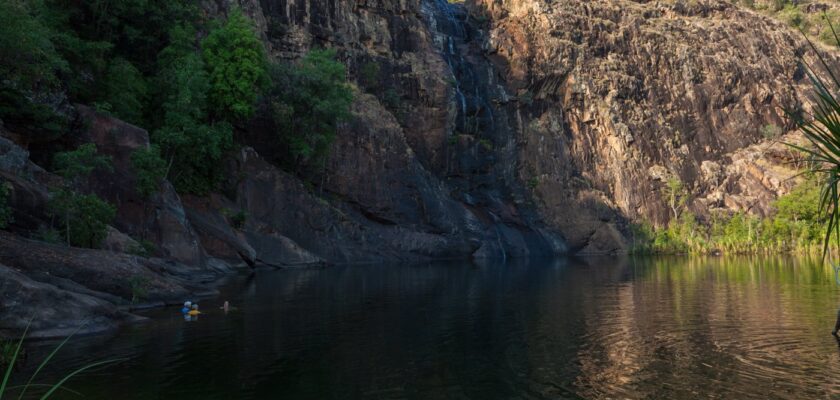Kakadu National Park
Kakadu National Park is located 171 km east of Darwin, in the Northern Territory. The park is a UNESCO World Heritage Site. Its archaeological, natural and ethnological components are strictly protected, for Kakadu Park is unique and unrepeatable!
.Kakadu National Park covers an area of 20,000 square kilometers and is located about 150 km east of the city of Darwin. It is Australia’s largest national park. It also includes the South Alligator River, home to a particularly large crocodile population, and various areas of the park include heathland, eucalyptus and rainforests.
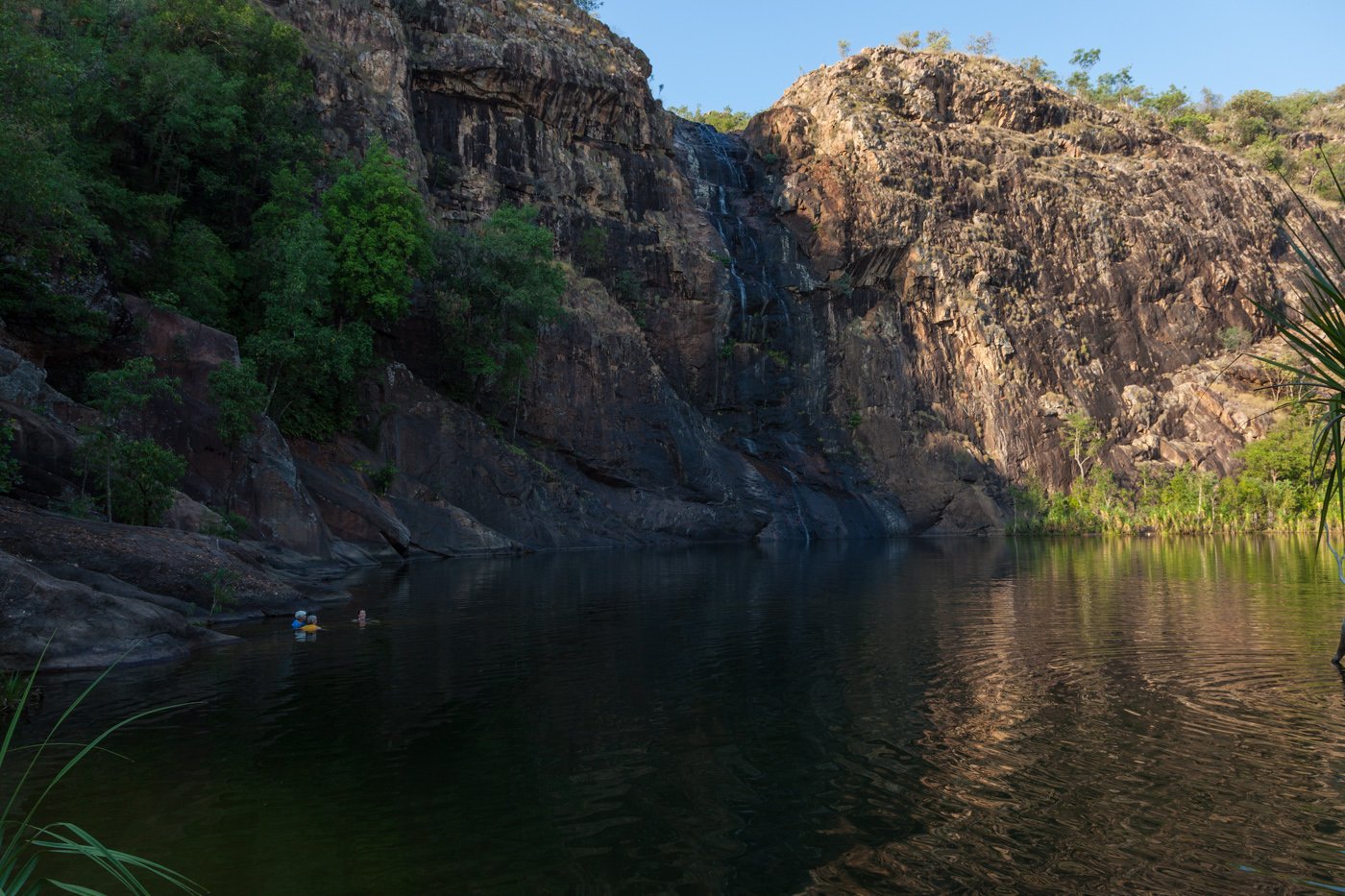
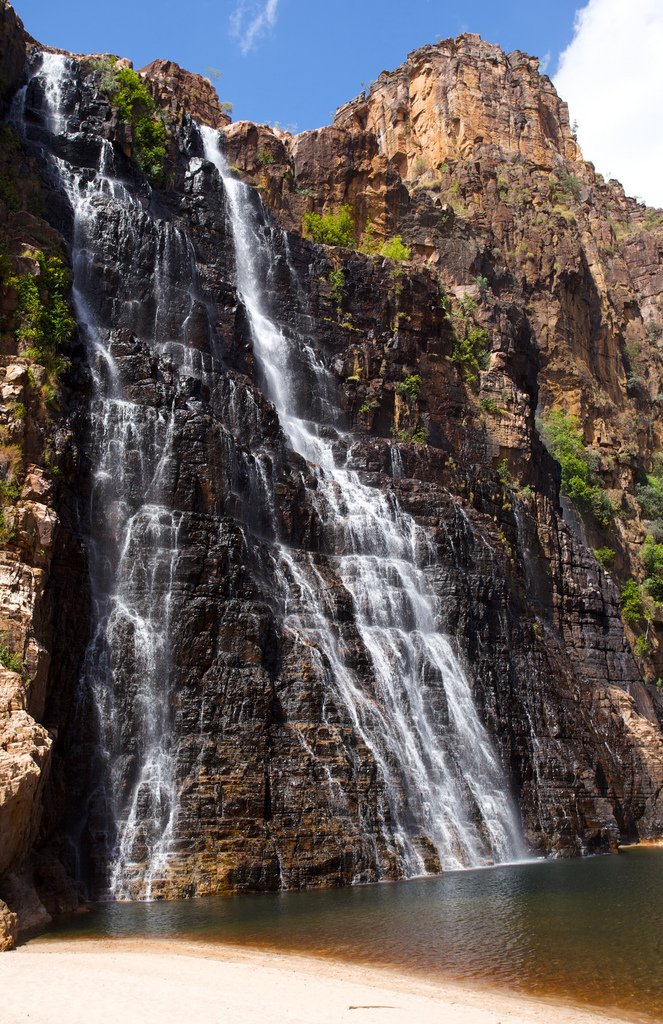
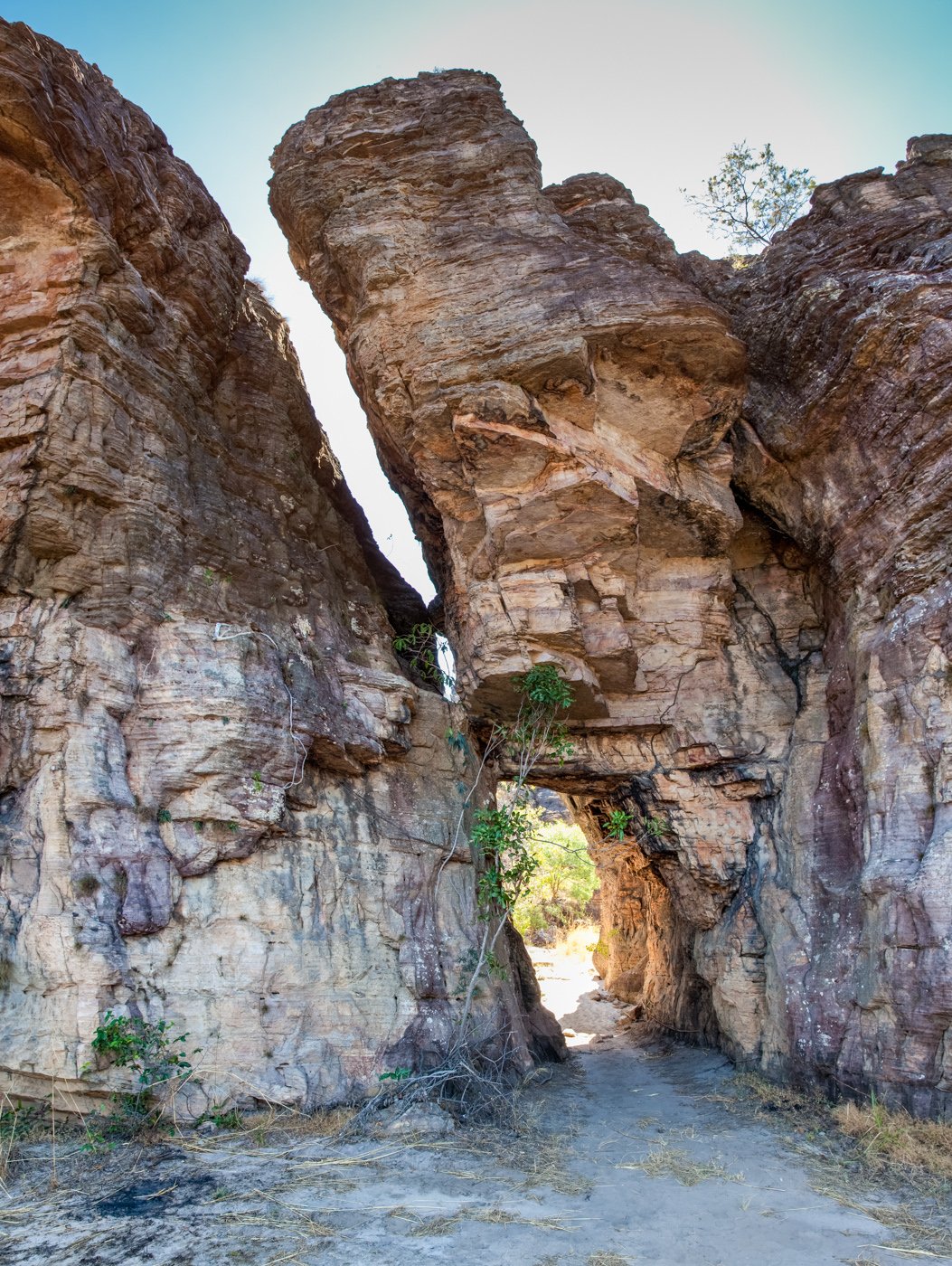
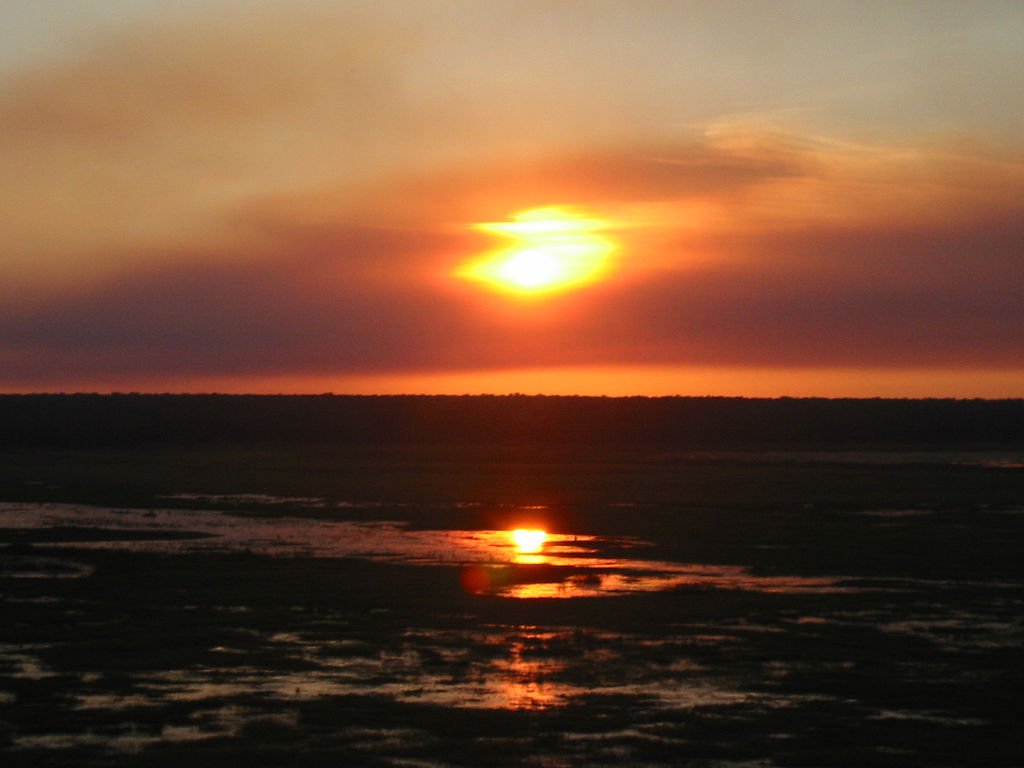
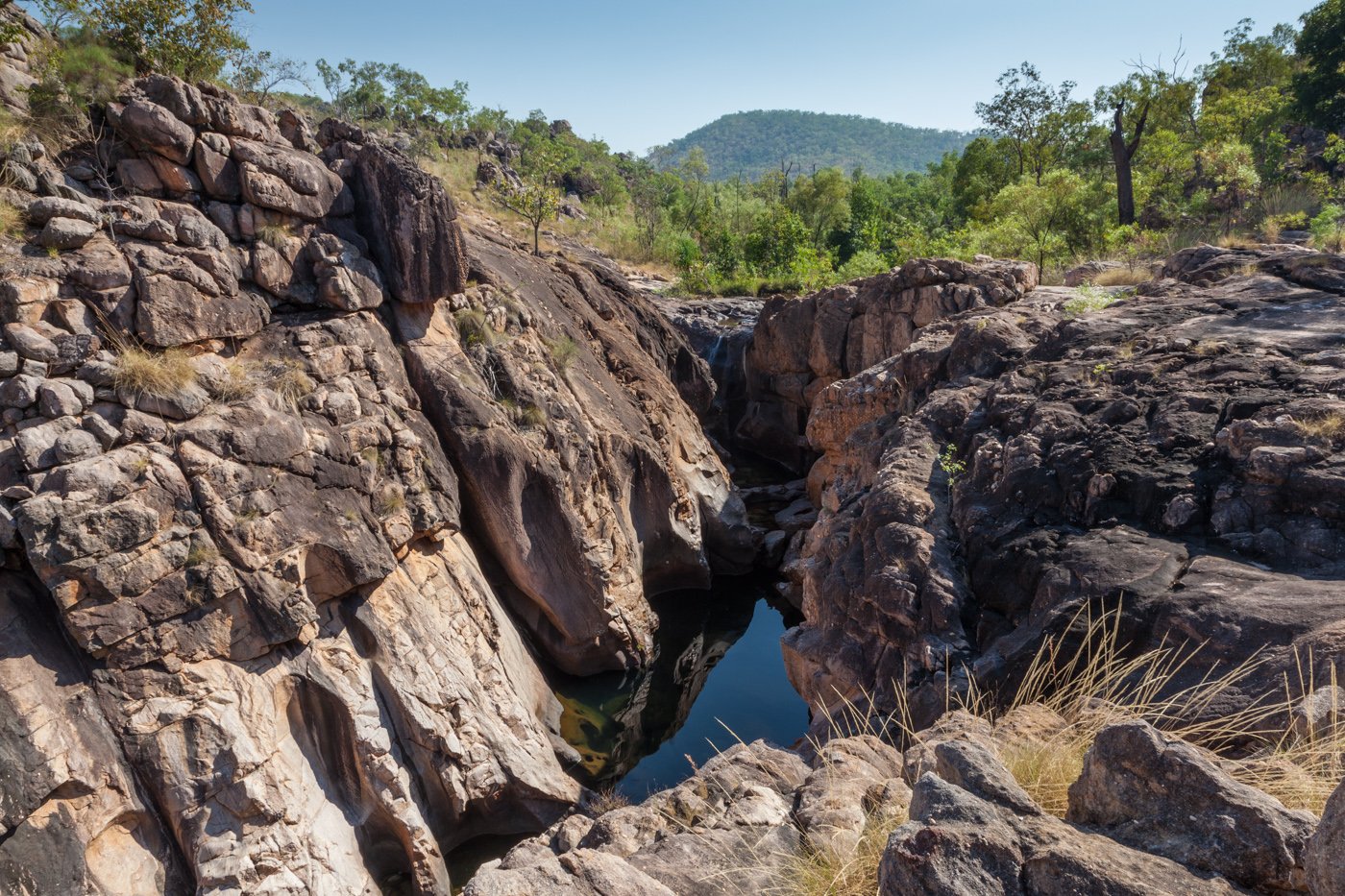
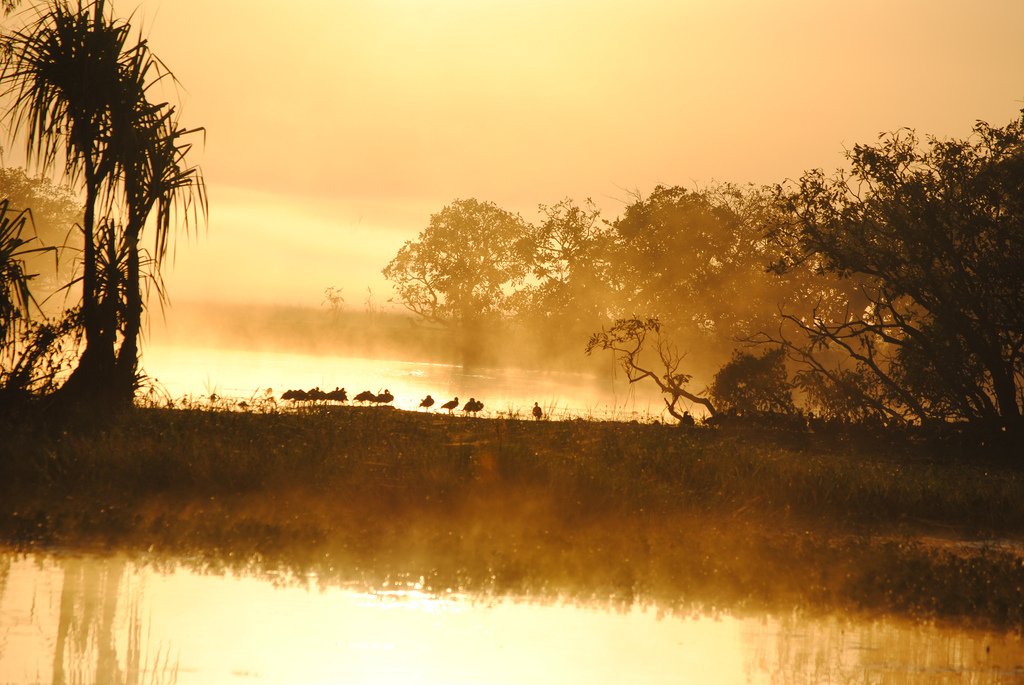
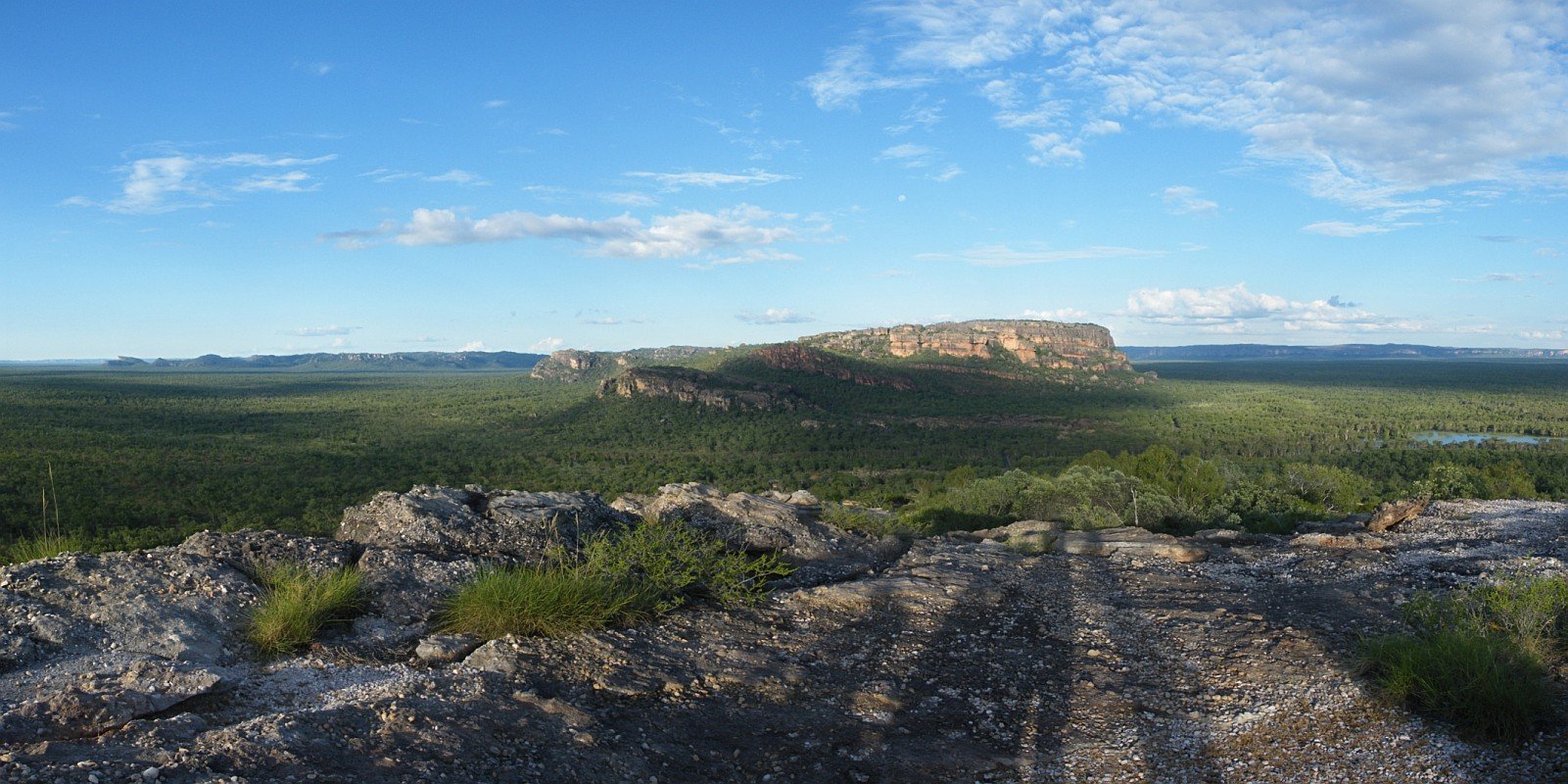
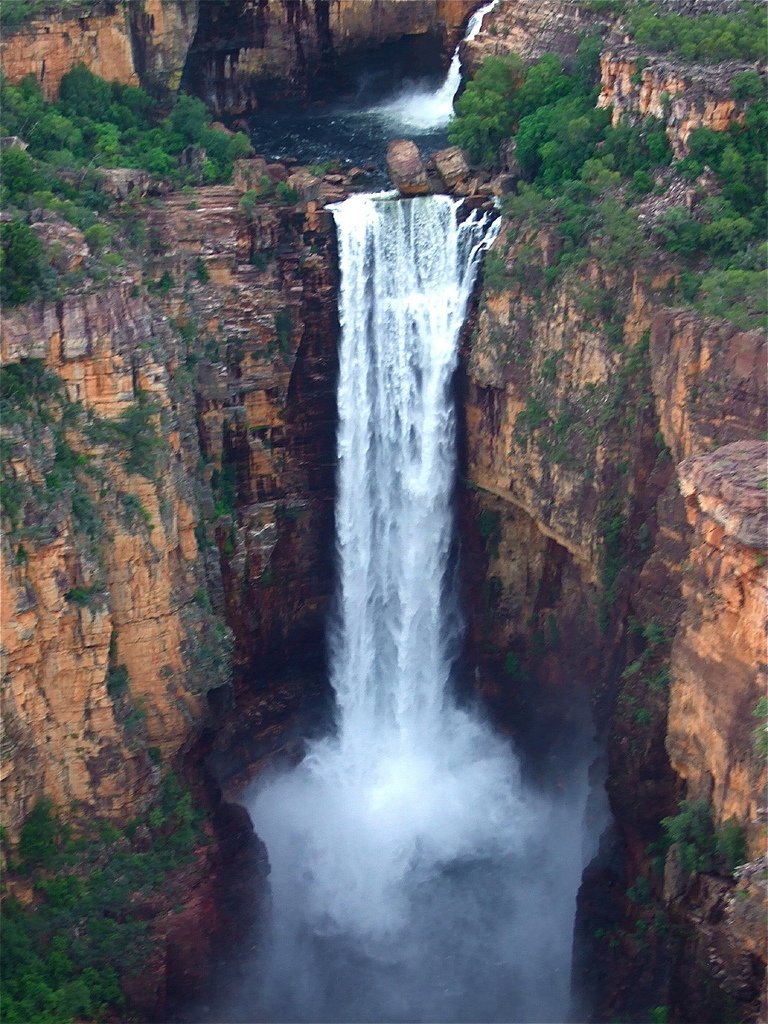
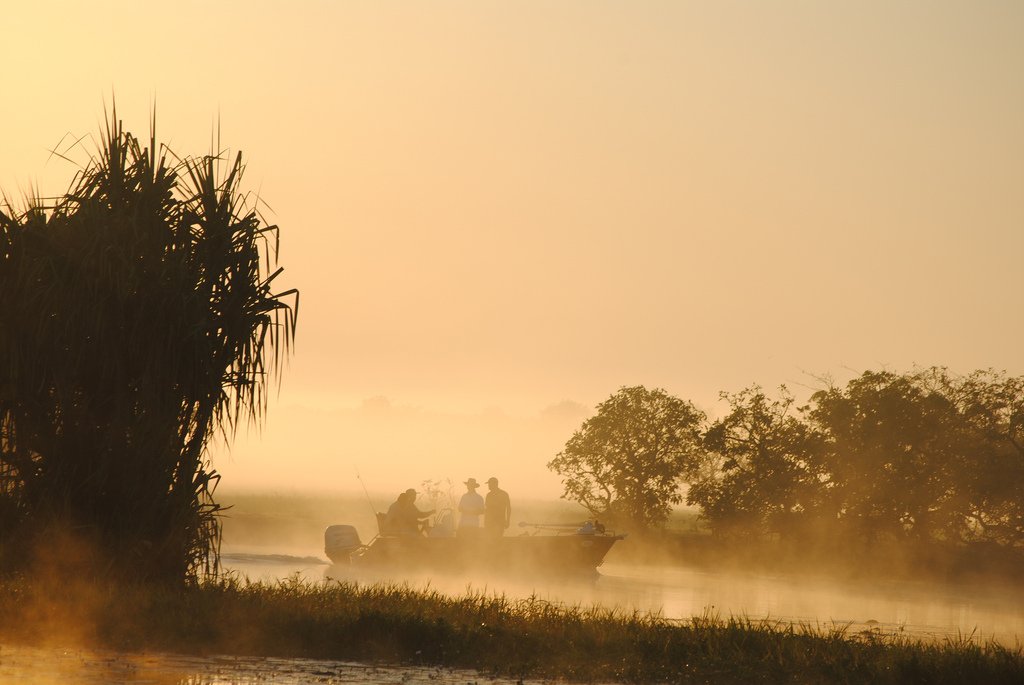
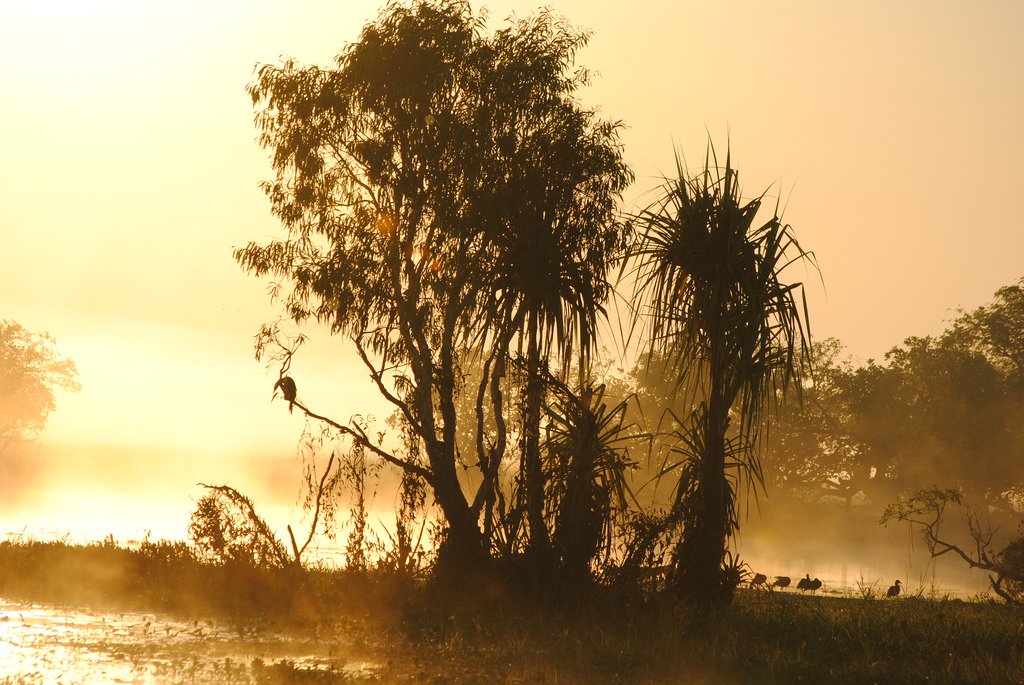
Video: Kakadu National Park
ContentsThe history of the park and its name
It would be logical to assume that the park is named after the colorful cockatoo parrot, but this is far from the case. The park got its name because of the mispronunciation by Europeans of the name of the language spoken by the Aboriginal tribe living in the area. Their language was called Gagadju (Gagadju), but the European ear heard “Kakadu”, which gave the name to the area and later to the National Park.
.Kakadu Park was established in 1981, but it was not until the Environment Protection and Natural Diversity Act of 1999 that the entire area was declared a National Park. Today it covers an area of 19,804 km². The park, which stretches 200 km from north to south and 100 km from west to east, has clear boundaries created by nature. Precipitous cliffs, whose height reaches up to 400-500 meters, fringe the reserve, as if protecting it from destructive winds and strangers’ eyes.
.Flora and fauna
A distinctive feature of Kakadu National Park is that its nature looks as if no man has ever set foot here. The territory of the Park has not only a unique structure of the earth’s crust, but also soils, unusual in their biological and chemical composition. An extensive water network covers the entire territory of the reserve, thanks to which its flora and fauna are amazingly diverse.
.
More than 1,700 species of plants, 280 species of birds, 117 species of reptiles, 77 varieties of freshwater fish, 1,000 species of insects and 60 species of mammals have been recorded in Kakadu Park. And in the waters of Noarlanga Creek and Majela Creek you can find both human-safe freshwater crocodiles and giant saltwater crested crocodiles that terrify all inhabitants and visitors to the park..Two species of crocodiles live here – Johnson’s crocodiles live in freshwater and feed mainly on fish, and crested crocodiles are the largest reptiles in the world that can live in both fresh and salt water. They can reach up to b meters in length. These crocodiles are extremely dangerous and have been known to kill careless tourists.
.Here you can see and barramundi – a double-breathing fish that reaches 2 meters in length. Not to mention the frogs! On the territory of the park scientists counted about 22 species of these amphibians. The most famous are: bullfrog, marble frog, green tree frog and frog toad.
.
Against the lush green vegetation of the park, the light brown termites, reaching 6-8 meters in height, catch the eye. Termites build their structures out of saliva, earth and chopped wood. These structures are as strong as bricks. Traveling through the park, you can meet whole glades of termites.
.The picturesque picture is complemented by another attraction of the park – a cascade of waterfalls Jim Jim, Maguk and Gemini, at the sight of which is breathtaking. They dry up towards the end of the dry season, only to reappear during the rains.
Aboriginal people
Before the Australians came to this land, there were about 2,000 Aboriginal people living in Kakadu Park. Today, 500 Aboriginal people live and work here permanently. They are direct descendants of various tribes that lived on the territory of the reserve more than 40 thousand years ago. According to legend, the “first people” appeared in Kakadu Park in the “times of dreams” (the period of creation of the world), when our forebears came out of the Earth’s bowels, who, having wandered around the world, sank into the rocks, leaving only their footprints on the surface. Aborigines are sure that the souls of ancestors still dwell in the southern part of the reserve, called “the land of disease”, and therefore warn tourists to tread carefully and not to wake the sleeping gods. There is a rational explanation for this story. When the first conquerors came to these lands, many of them died of disease, while others returned to their cities and settlements.
.
In general, the Aborigines keep many stories and legends passed down from generation to generation. They are happy to share them with tourists, while leaving room for mysteries and hints. A Manilakarr clan representative says, “Our land has a huge history. Sometimes we tell a little more than that. Come and listen to our stories, explore our land. Perhaps it will stay in your heart. And if you want more, you’ll come back.”
.Unique rock art
When visiting Kakadu Park, travelers should definitely see the drawings of Ubirr, Nourlangie and Nanguluwur caves. Recognized as outstanding examples of Australian Aboriginal rock art, they are rightfully the park’s main attraction.
.
The rock paintings open the door to the secretive lives and local Aboriginal people of different times, from prehistoric hunters and gatherers to our contemporaries. An interesting “X-ray style” is a distinctive feature of their drawings: the artists conveyed not only the external appearance of people and animals, but also their internal organs. Rock paintings were created for different reasons:
.- Hunting – images of animals were bright, flashy to exaggerate their beauty and strength, guaranteeing a successful hunt to the one who came in contact with the spirit of the drawn animal.
- Sacred meaning – some drawings depict stages of mysterious religious ceremonies.
- History – in caves, drawings showing the story of the creation of the world by the Ancestral Spirits predominate.
- Witchcraft and Sorcery – the drawings may have been used for ritual purposes to control events and influence people’s lives.
It is also interesting that for Aboriginal people the process of creating rock art was more important than its outcome. This is confirmed by the fact that many drawings are made on top of old drawings.
The images suggest that humans appeared here more than 50,000 years ago. But the natives treat this research with irony. The Warrajan tribe say, “People came to these lands and found ochre, stone tools and coals from a fire. They said the Aborigines lived here 50,000 years ago. But at least the Aboriginal people know that they have lived in this country since before it came into being.”
.